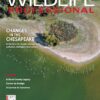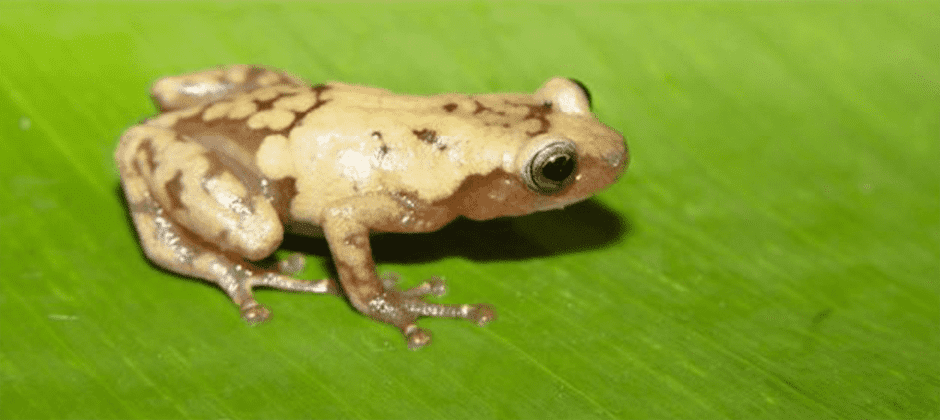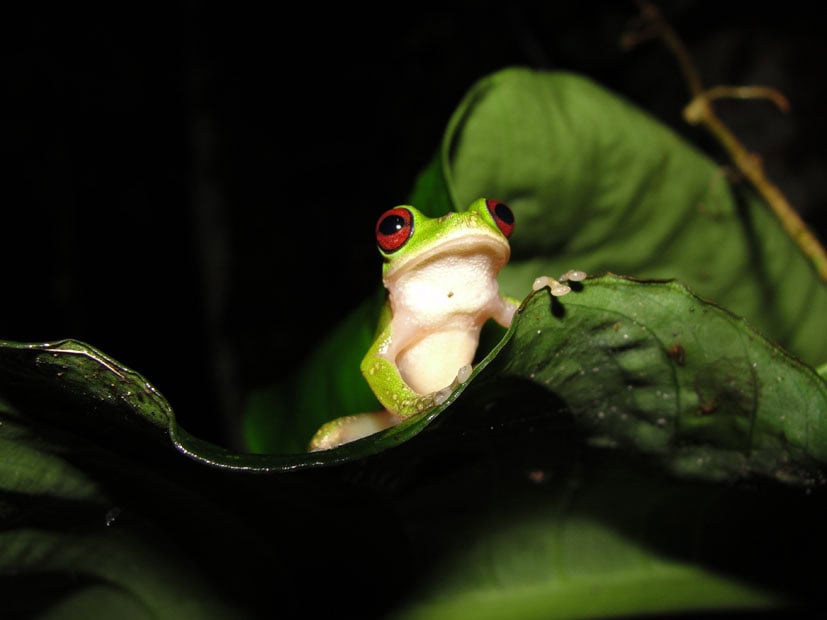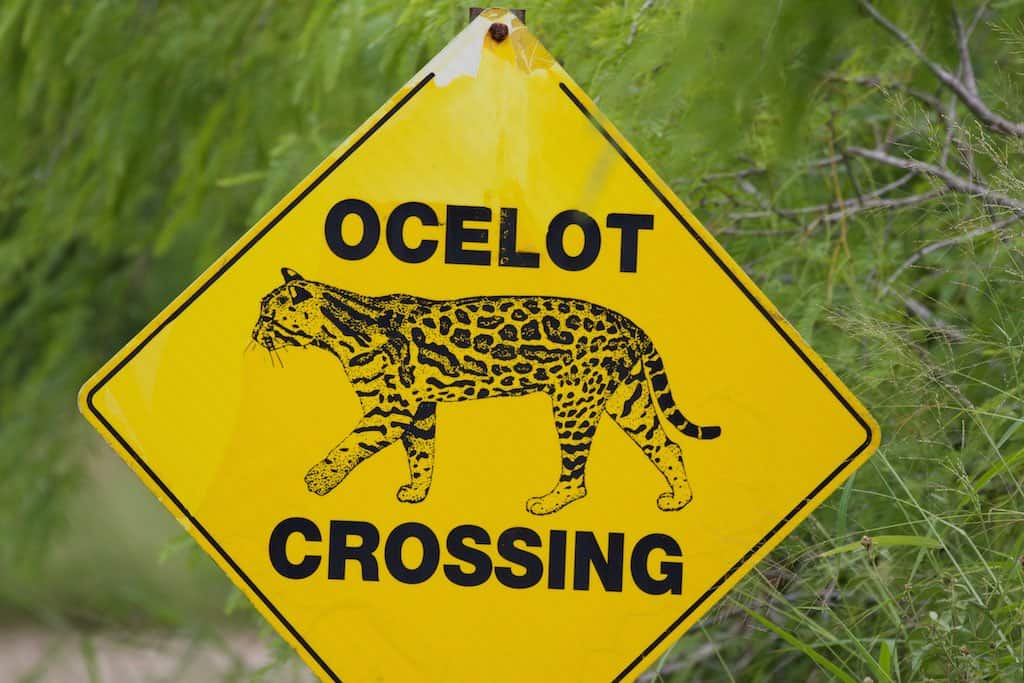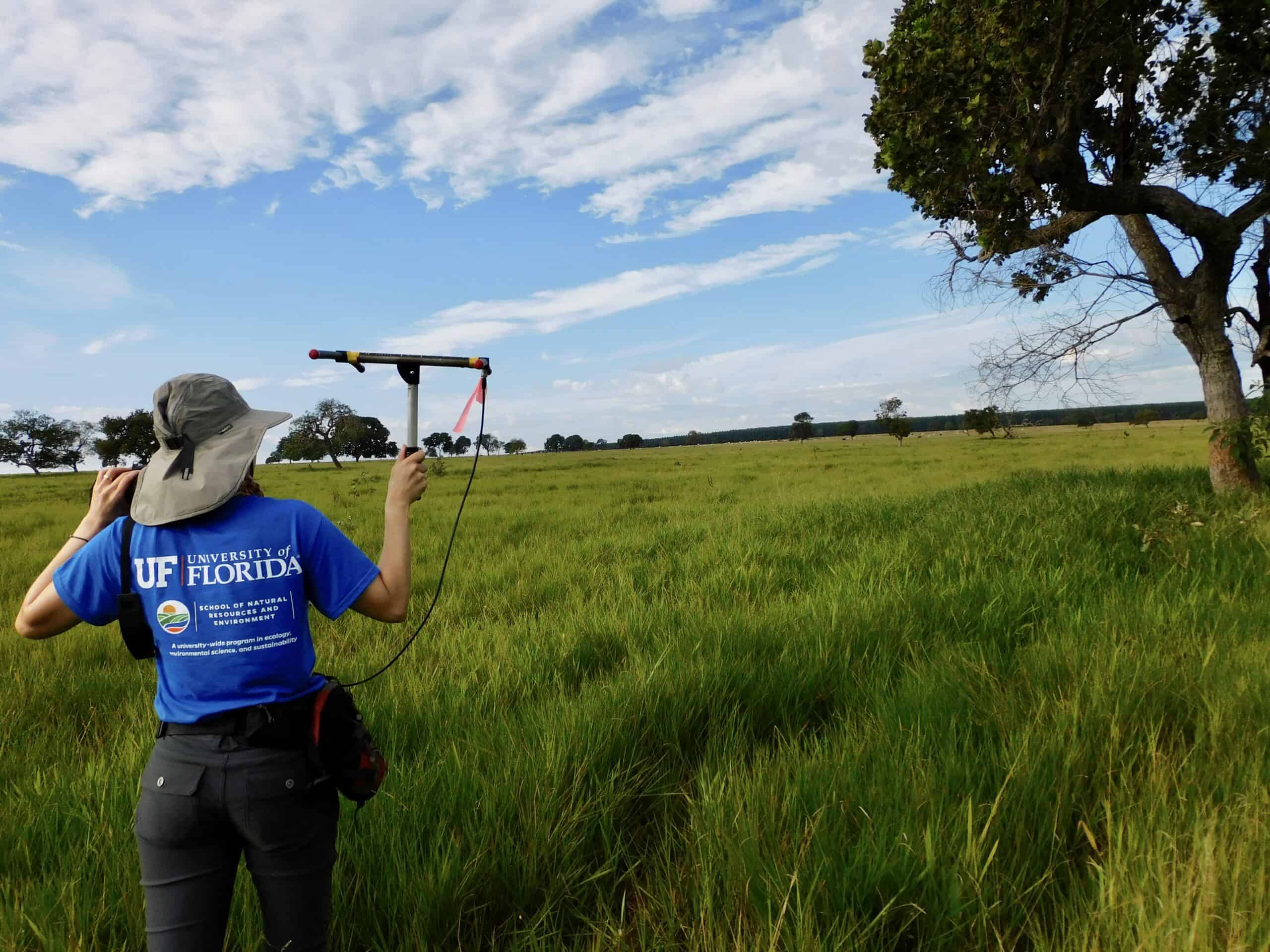Share this article
Climate could claim 1 in 3 species in 50 years, study finds
About a third of plant and animal species around the world could be extinct within 50 years due to climate change, according to a study by University of Arizona biologists.
Researchers Cristian Román-Palacios and John Wiens looked at studies on recent extinctions from climate change, rates of species movement and future climate projections to create detailed estimates on global extinction by 2070. Their study, published in the Proceedings of the National Academy of Sciences, found that for most species, the rate of climate change will outpace their ability to disperse to higher elevations with cooler temperatures. Depending on the rate of climate change, they found, 16 to 30% of the 538 sampled species were likely to go extinct.
Surprisingly, they found, local extinctions took place in places that didn’t see the biggest increases in average annual temperatures but that did see the biggest increases in hottest yearly temperatures. If dispersal was species’ only means to escape the heat, the extinction rate would be as high as 57 to 70%, the researchers found, but many species are likely to find ways to cope with hotter temperatures without seeking higher altitudes or cooler latitudes.
“They may be able to acclimate or adapt,” Wiens said. “They may do a niche shift that will let them survive. We’re not predicting everything is going to go extinct, but it does look like 16 to 30% will, depending on the warming scenario.”
Román-Palacios and Wiens analyzed data from 538 species in 581 sites around the world. They focused on plant and animal species that were surveyed at the same sites over time, at least 10 years apart. Based on these earlier surveys, they found that 44% of the species had already gone extinct at one or more sites. They then generated climate data from the time of the earliest survey of each site and the more recent survey.
The analysis let the pair determine what variables drive local extinctions and how much change a population can tolerate. By also estimating how quickly populations could move uphill, they developed estimates for global extinction rates for hundreds of plant and animal species around the world.
“If you put those things together, you get a pretty detailed estimate of how many species will go extinct in the next 50 years,” Wiens said.
The study suggested that two pillars of gauging species’ response to climate change fall short. Average annual temperatures — a common measure of climate change — didn’t correlate with extinctions, they found, but hottest summer temperatures did. And focusing on species’ dispersal to higher elevations isn’t as useful, researchers found, because while most won’t disperse fast enough, many will tolerate higher temperatures — up to a point.
Wiens’ past research found that many introduced species manage to adapt when they’re introduced to hotter climates. “Here in Arizona, people have brought Pacific tree frogs to Phoenix,” he said. “They brought bullfrogs and red-eared sliders and Mediterranean geckos. These are non-desert species that have managed to survive being introduced to the desert, under climatic conditions that are hotter and drier than their native climatic niches.”
Half the species saw local extinctions if the hottest annual temperatures rose more than 0.5 degrees Celsius, they found. If temperatures rose more than 2.9 degrees Celsius, 95% went extinct.
“I look at it as a ‘choose your own adventure,’” Wiens said. Limiting climate change will limit extinctions, he said. Much higher temperature increases could result in losses of half the Earth’s species.
“If we want good news, we’re going to have to work for it,” he said.
Header Image: The common giant tree frog (Cophyla alticola) from Madagascar is one of many species impacted by recent climate change. ©John J. Wiens

